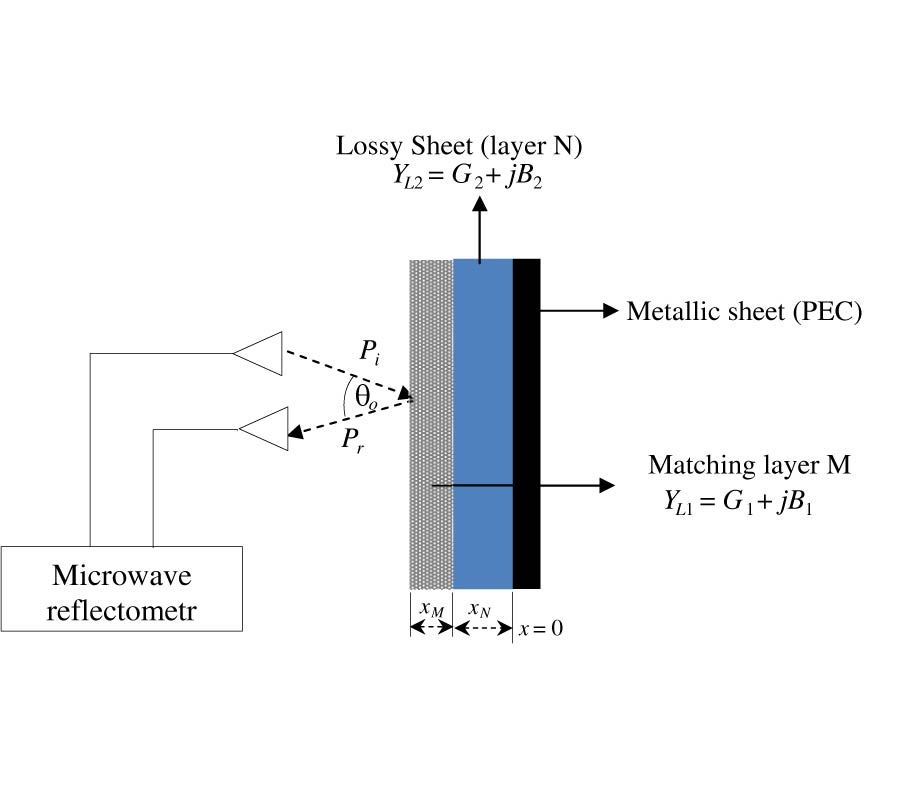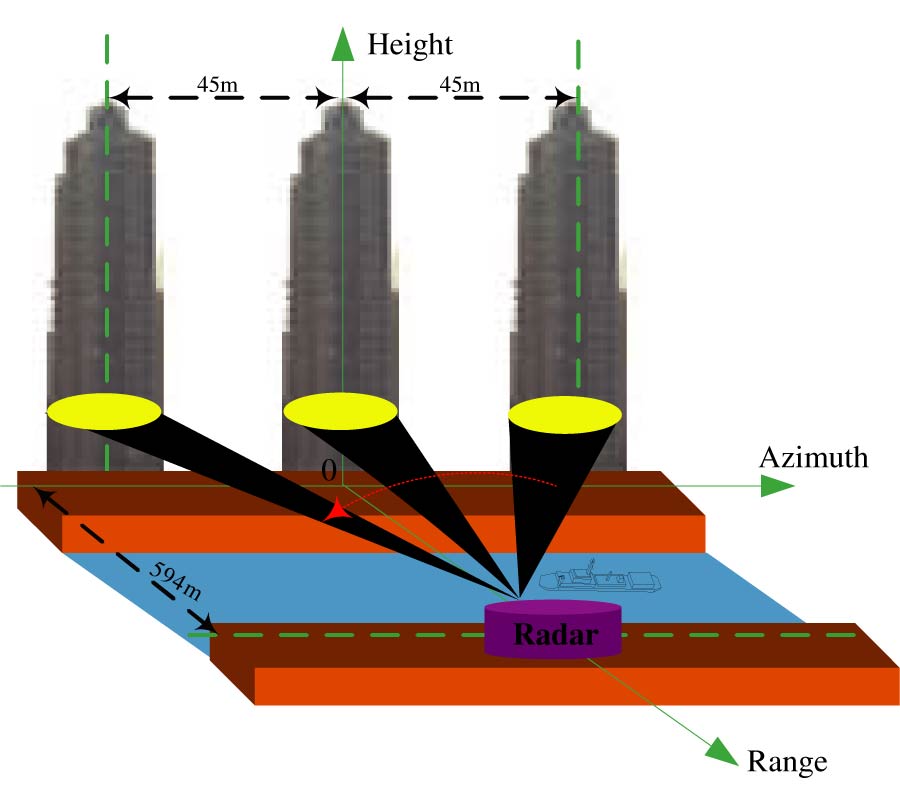Optimized Superconducting Nanowire Single Photon Detectors to Maximize Absorptance
Maria Csete,
Gabor Szekeres,
Andras Szenes,
Balazs Banhelyi,
Tibor Csendes and
Gabor Szabo
Dispersion characteristics of four types of superconducting nanowire single photon detectors, nano-cavity-array- (NCA-), nano-cavity-deflector-array- (NCDA-), nano-cavity-double-deflector-array- (NCDDA-) and nano-cavity-trench-array- (NCTA-) integrated (I-A-SNSPDs) devices was optimized in three periodicity intervals commensurate with half-, three-quarter- and one SPP wavelength. The optimal con�gurations capable of maximizing NbN absorptance correspond to periodicity-dependent tilting in S-orientation (90˚ azimuthal orientation). In NCAI-A-SNSPDs absorptance maxima are reached at the plasmonic Brewster angle (PBA) due to light tunneling. The absorptance maximum is attained in a wide plasmonic-pass-band in NCDAI1/2*λ-A, inside a flat-plasmonic-pass-band in NCDAI3/4*λ-A and inside a narrow plasmonic-band in NCDAIλ-A. In NCDDAI1/2*λ-A bands of strongly coupled cavity and plasmonic modes cross, in NCDDAI3/4*λ-A an inverted-plasmonic-band-gap develops, while in NCDDAIλ-A a narrow plasmonic-pass-band appears inside an inverted-minigap. The absorptance maximum is achieved in NCTAI1/2*λ-A inside a plasmonic-pass-band, in NCTAI3/4*λ-A at inverted-plasmonic-band-gap center, while in NCTAIλ-A inside an inverted-minigap. The highest 95.05% absorptance is attained at perpendicular incidence onto NCTAIλ-A. Quarter-wavelength type cavity modes contribute to the near-field enhancement around NbN segments except in NCDAIλ-A and NCDDAI3/4*λ-A. The polarization contrast is moderate in NCAIA-SNSPDs (~102). NCDAI- and NCDDAI-A-SNSPDs make possible to attain considerably large polarization contrast (~102-103 and ~103~104), while NCTAI-A-SNSPDs exhibit a weak polarization selectivity (~10-102).









